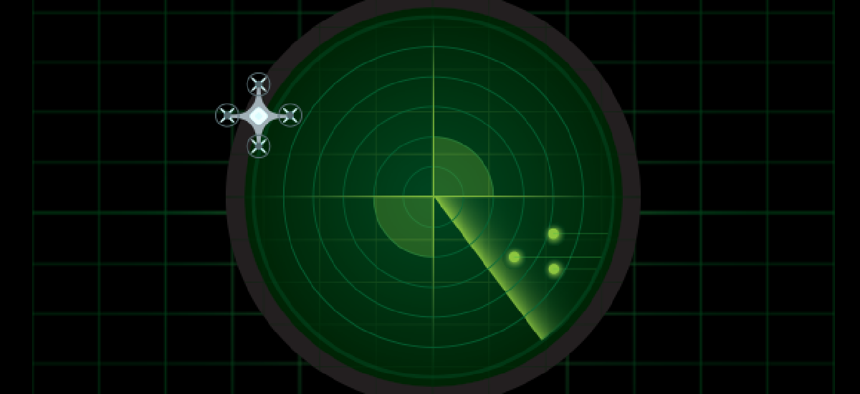Texas drone researchers share data via NASA network


Connecting state and local government leaders
A new agreement gives university researchers direct access to NASA's Ames Research Center for the exchange of real-time UAS flight data.
Texas researchers studying unmanned aircraft systems have connected with NASA's secure information network and will be able to monitor NASA UAS flights as they happen across the country.
An Aug. 11 interconnection security agreement between NASA and the Lone Star UAS Center (LSUASC) of Excellence and Innovation at Texas A&M University-Corpus Christi sets guidelines for the center to connect with NASA's secure IT systems and work toward better UAS traffic management. The agreement gives university researchers direct access to NASA's Ames Research Center for the exchange of real-time UAS flight data.
In an Aug. 11 statement, center officials said they had been working with NASA to document and bolster security practices ahead of signing the agreement.
The LSUASC, one of the six federally designated UAS test sites around the nation, has the only mission control center with software that allows for transmission and manipulation of UAS data. As such, it has been planning for the safe integration of unmanned aircraft into the national airspace.
"We already have a strong relationship with NASA working on the Unmanned Traffic Management project," said Melanie Neely Willis, the center's assistant director, in the statement. "This new connection gives us the capability to pass live and simulated UAS data within NASA's secure information network."The agreement is part of the Federal Aviation Administration's effort to create a complex drone traffic management system among UAS test sites that might help enable wider use of commercial drones.
In April, NASA and the FAA formed a partnership as part of the Obama administration's announcement of formal rules for commercial drones. At the time, White House officials also said the FAA had completed a successful test of the most complex drone traffic management system ever. The goal is to integrate that technology into the system that manages passenger aircraft.
In related news, the FAA's commercial drone operation rule is set to go into effect on Aug. 29. The agency created a website to explain the new regulations and help operators prepare for them.
Under the rule, commercial UAS operators must have a remote pilot's license, be at least 16 years old and pass vetting by the Transportation Security Administration.




